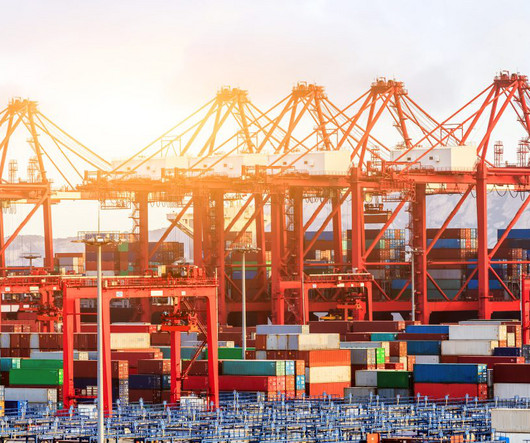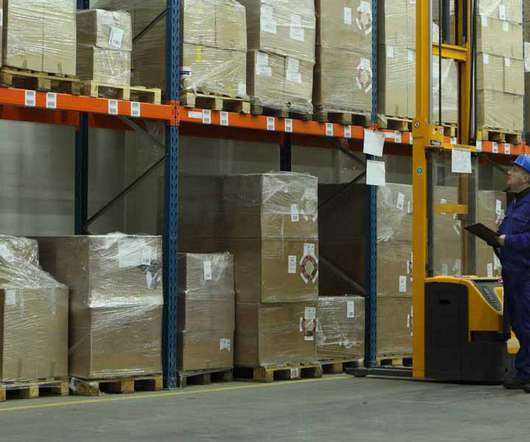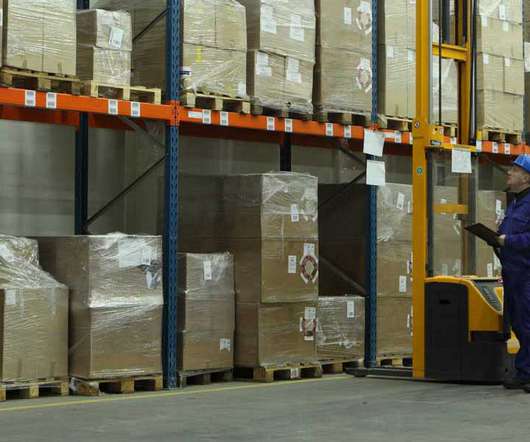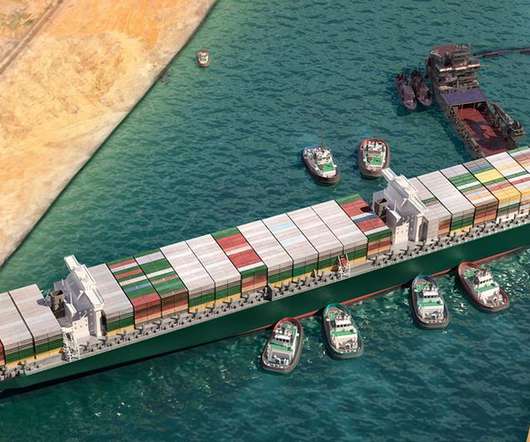Ocean Risk Management part 2: Navigating Global Shipping Alliance
The Logistics & Supply Chain Management Society
AUGUST 14, 2023
Ocean Risk Management part 2: Navigating Global Shipping Alliance The shipping industry continues to evolve. In this article, we explore the pros and cons of the alliance model in the shipping industry, compare the solo strategy versus alliance strategy, and provide tips on how shippers can prepare for market swings.































Let's personalize your content